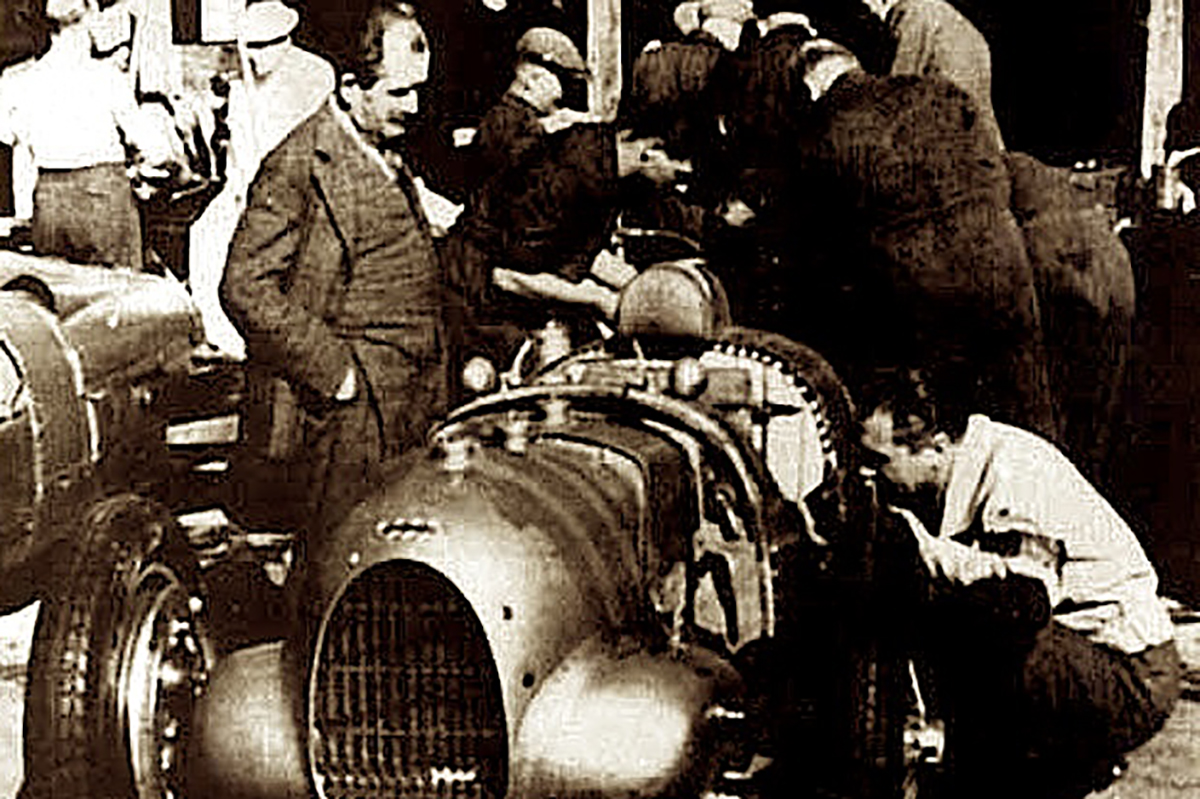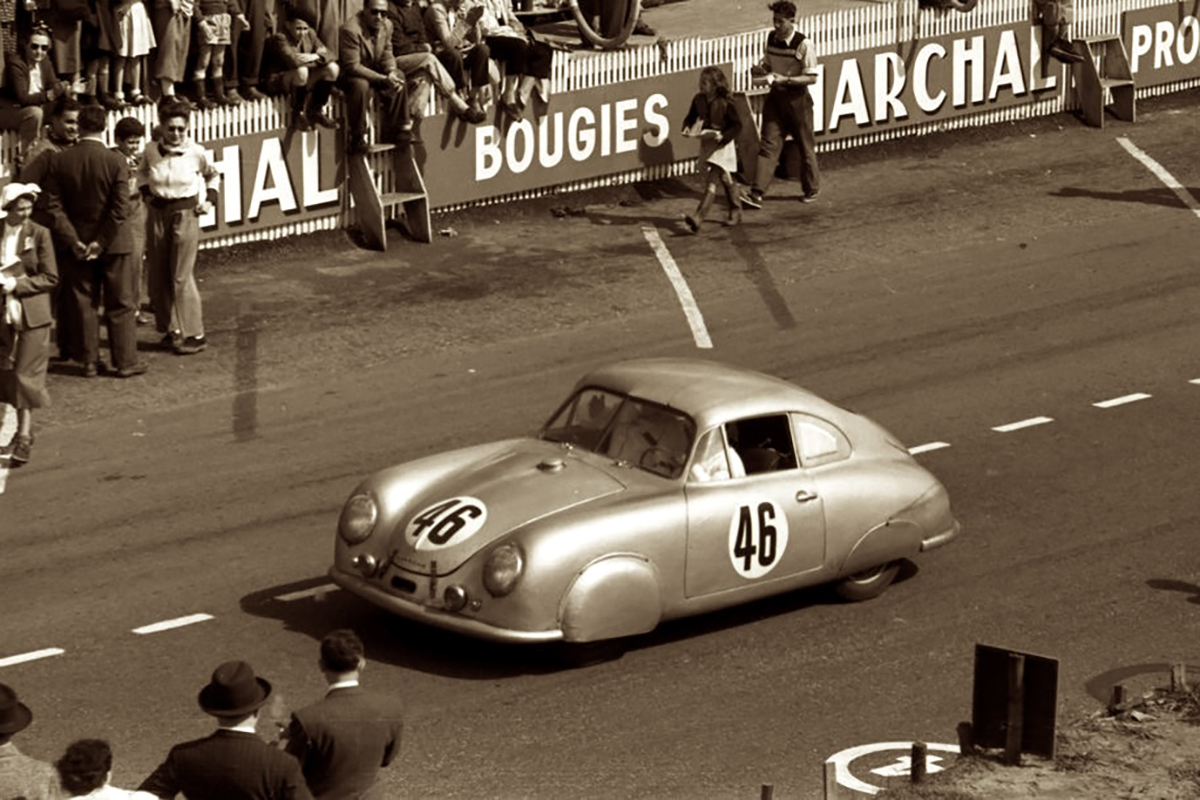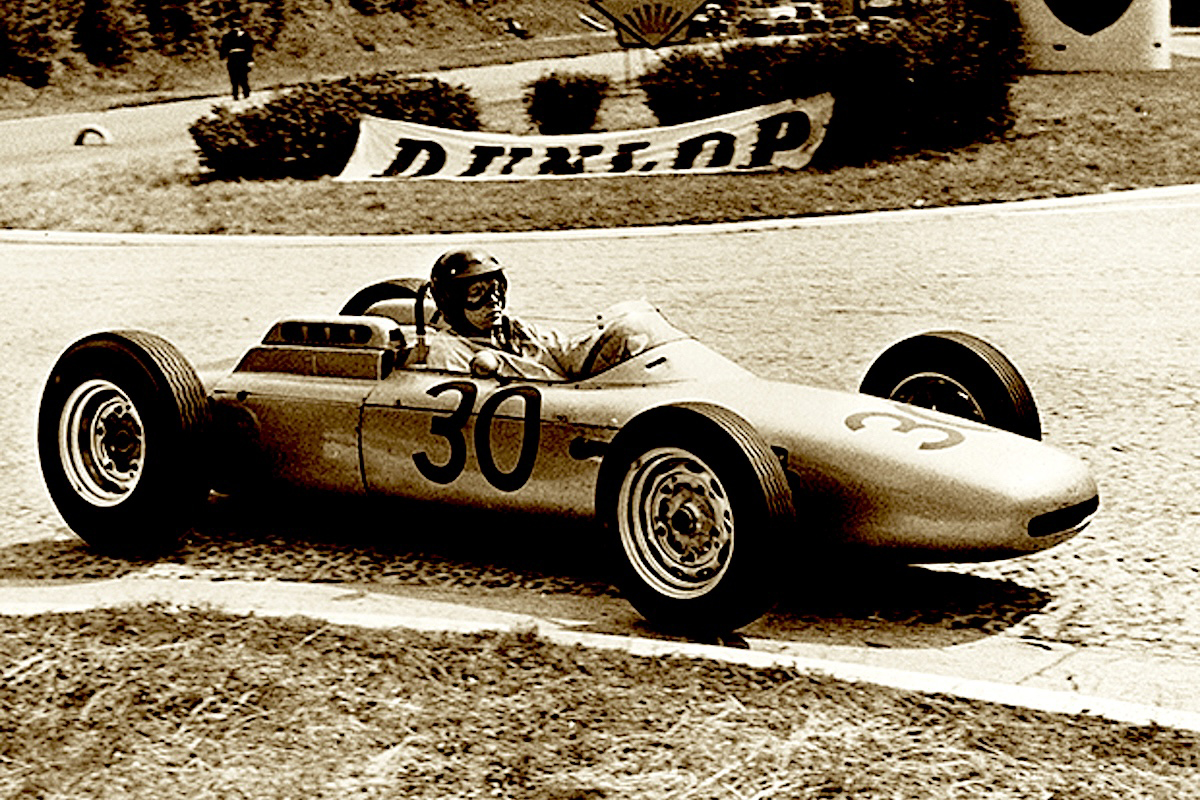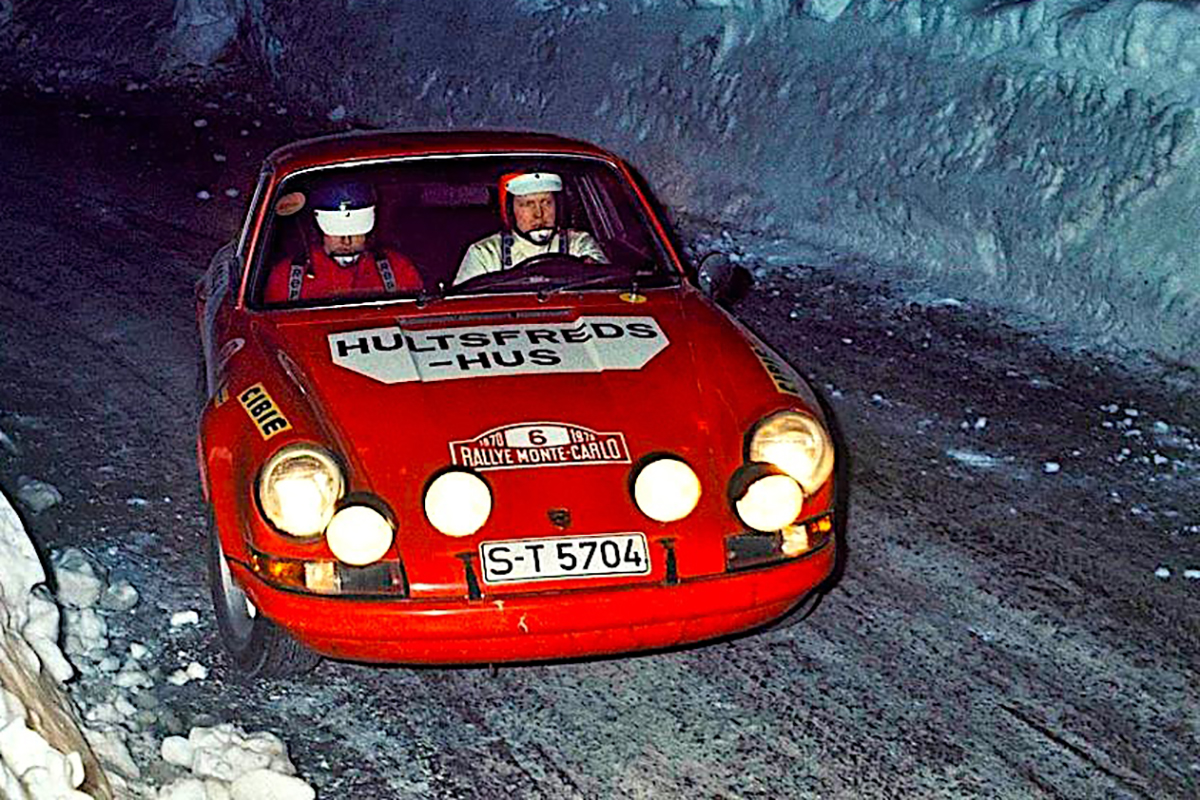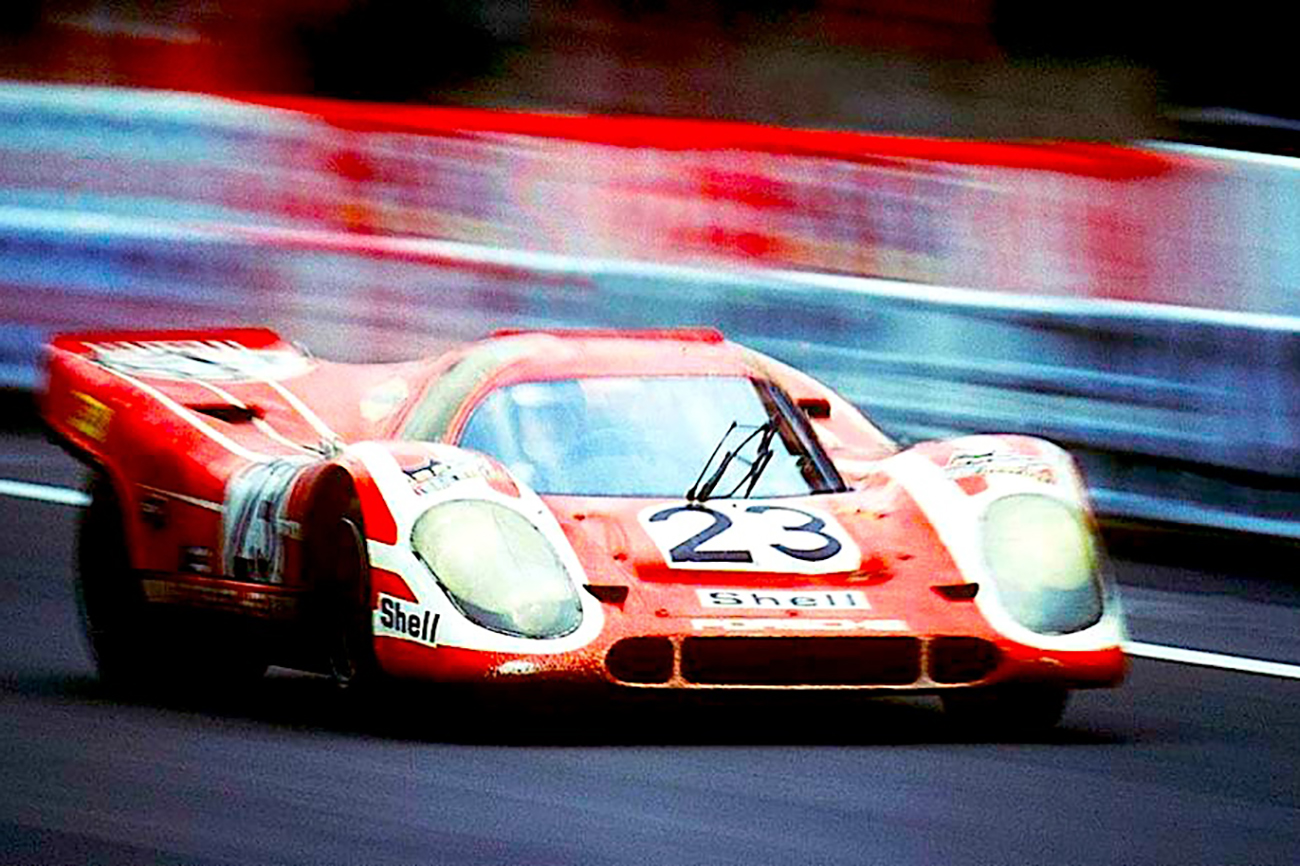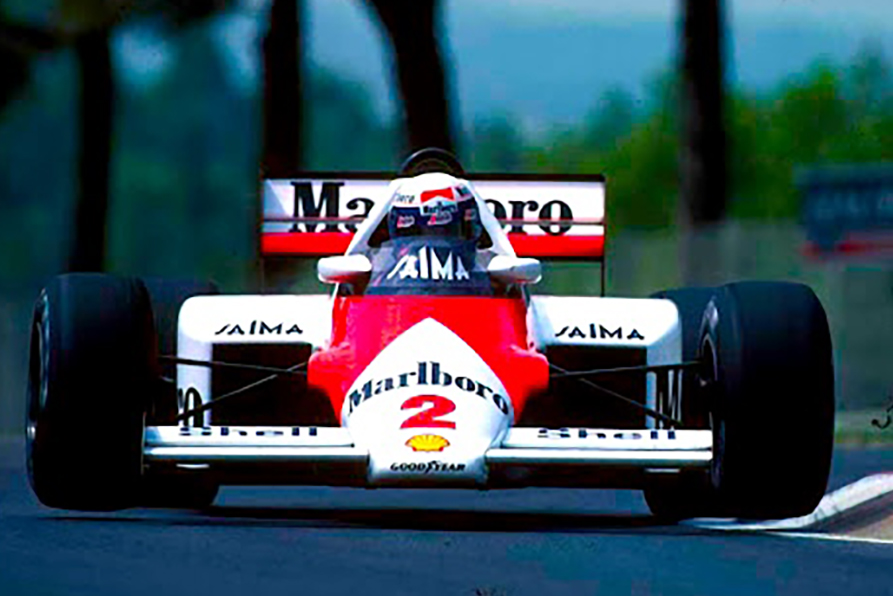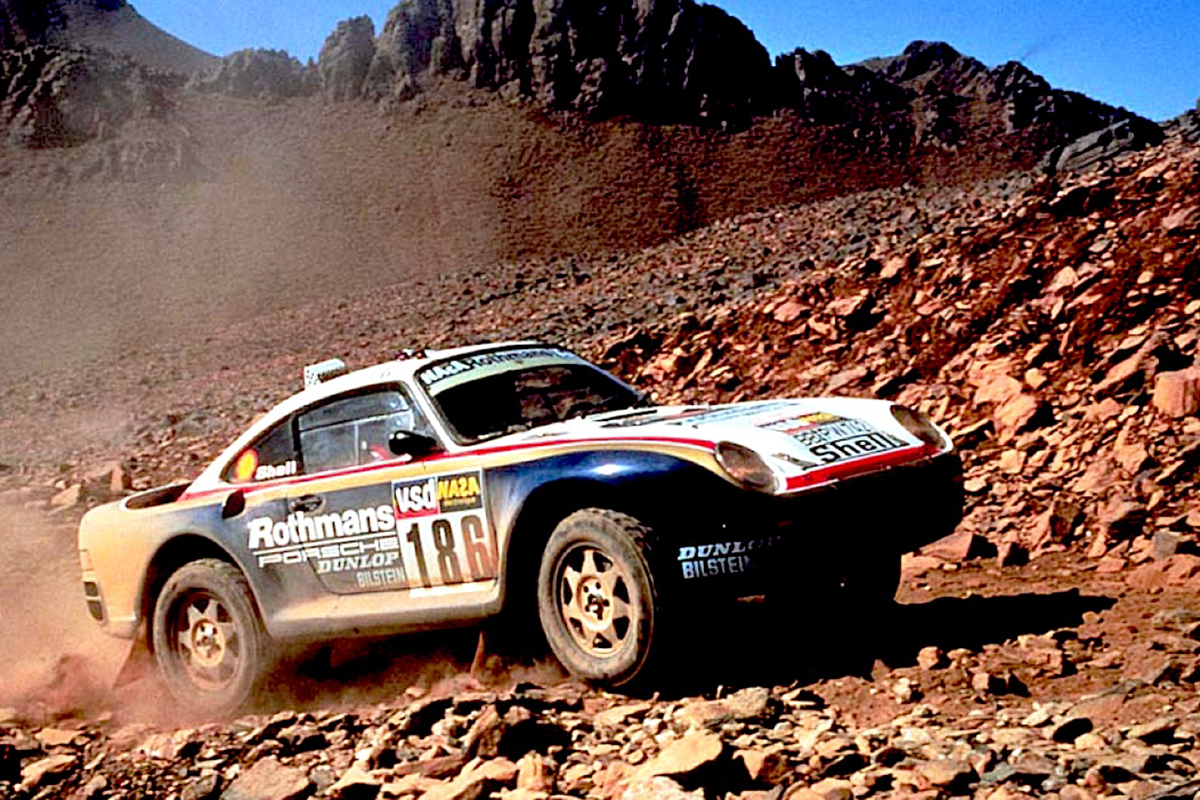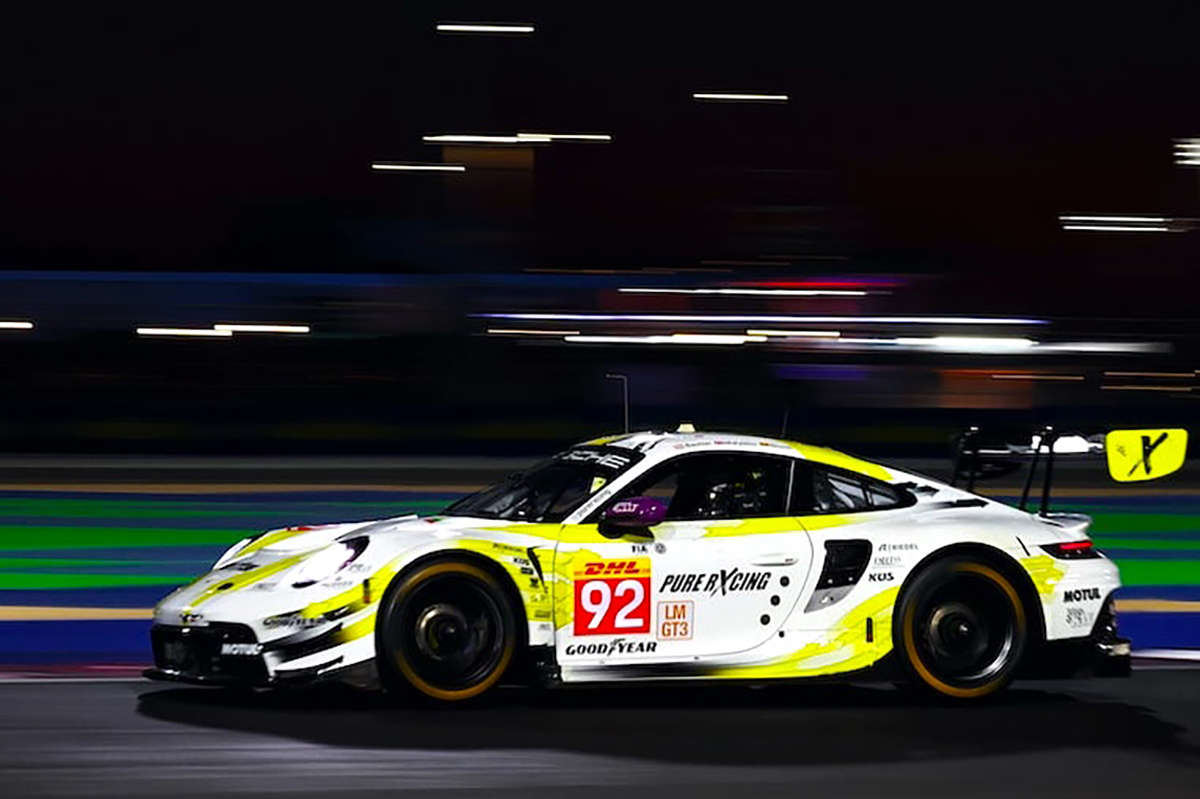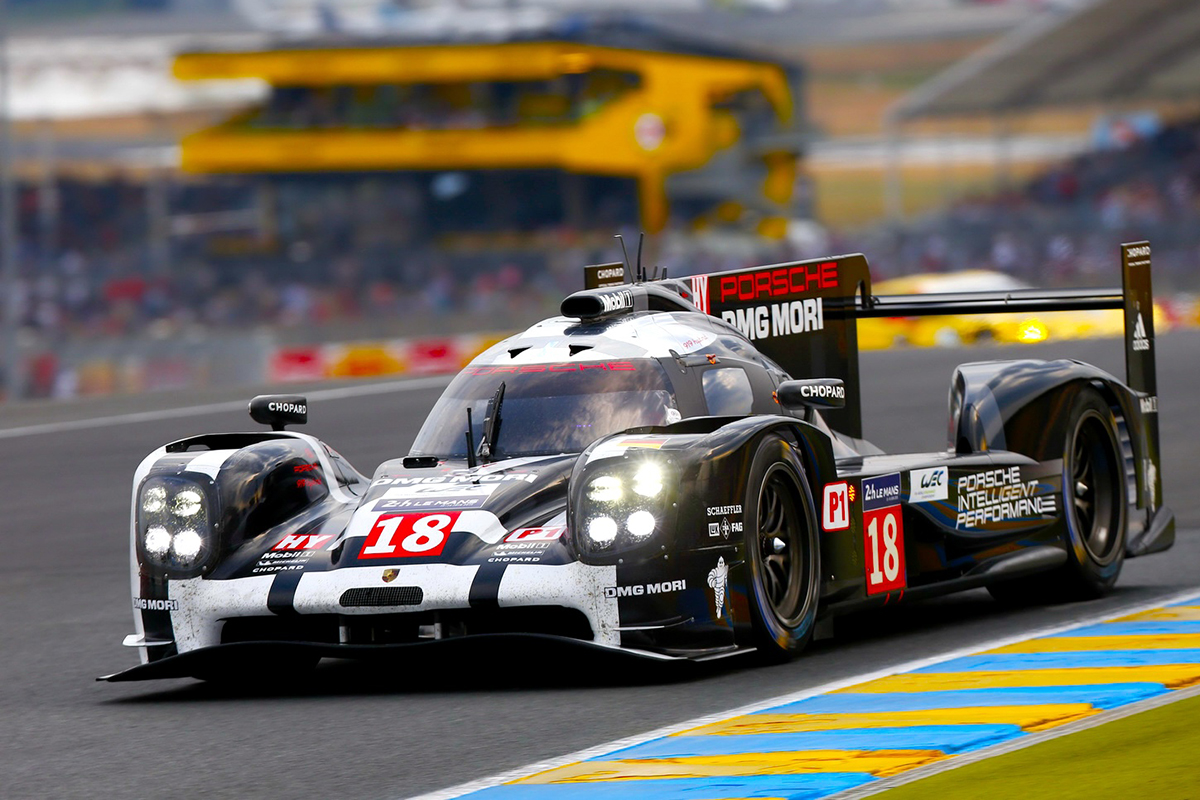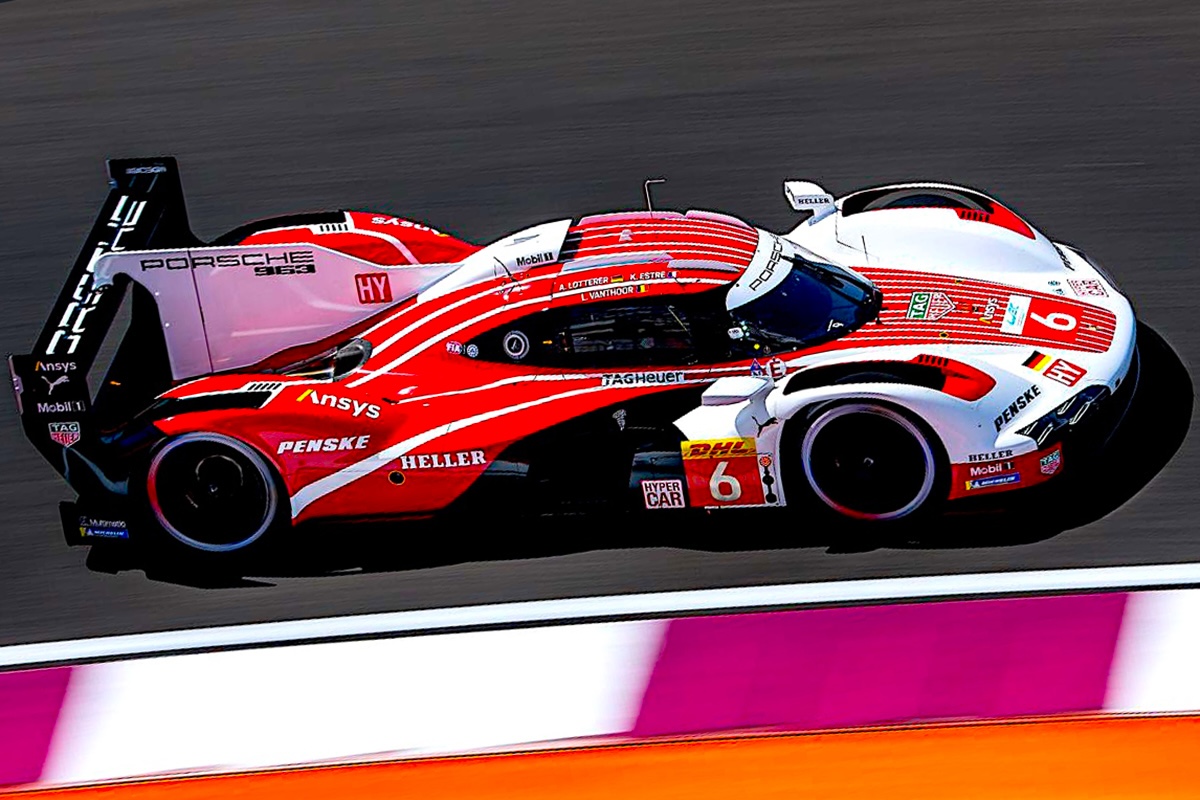Celebrating Porsche’s Glorious 75 Years of Racing Excellence
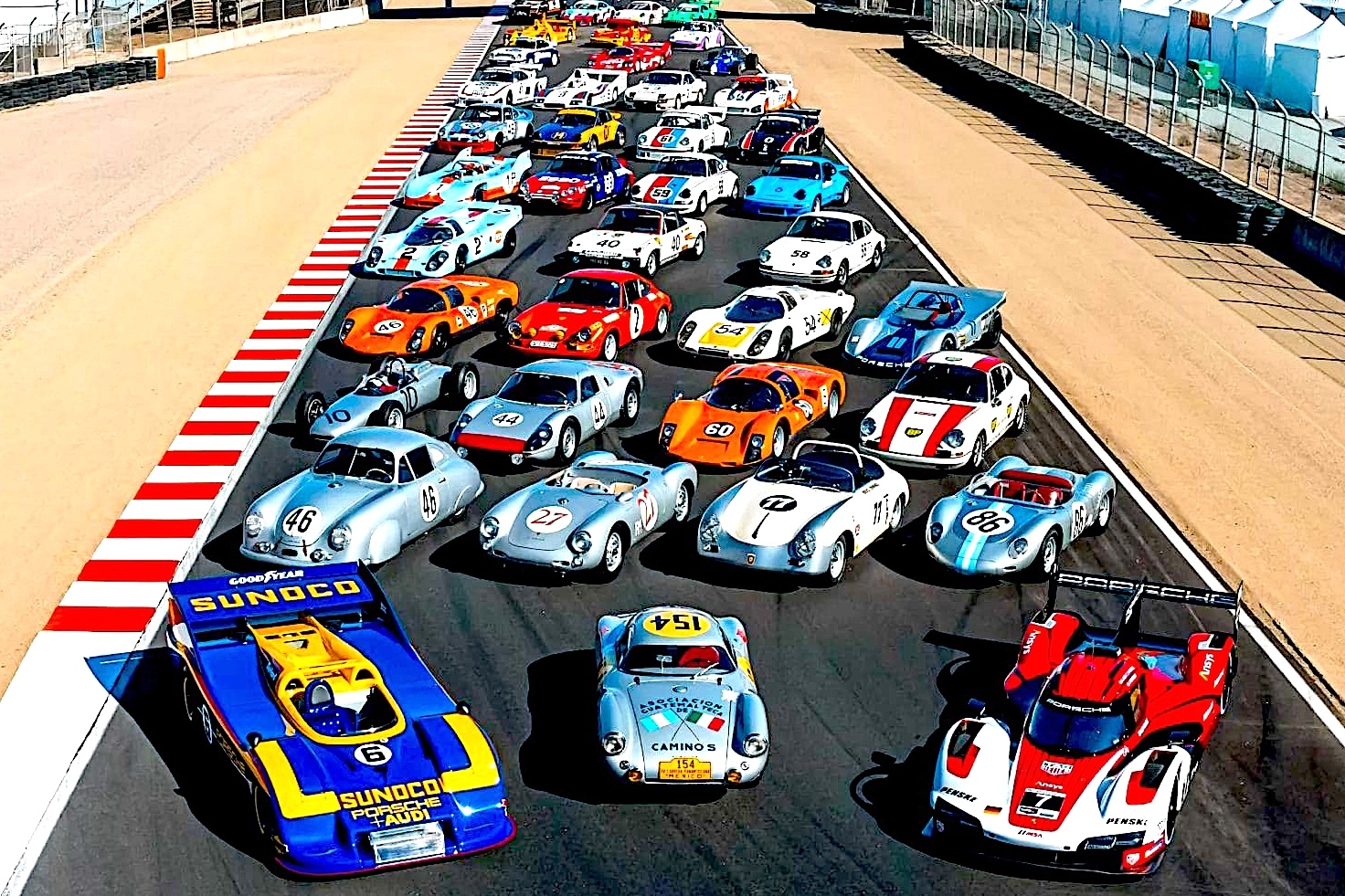
Porsche has been racing since it became a brand 75 years ago. Let’s look back at the highlights of that brilliant heritage.
Porsche has been a brand for 75 years. While the family has been involved in the sport for far longer, the brand officially launched its first cars at the Geneva Motor Show on 17 March 1949. It’s been racing them ever since. Let’s look back at the highlights of that brilliant racing heritage.
Porsche regards racing as an essential part of ongoing engineering development of its road cars, but it all started far earlier. A brilliant automotive engineer, Ferdinand Porsche’s first flirtation with racing came in his time with what was to become Mercedes-Benz at Austro-Daimler in the early 1900s. That culminated in Porsche designing the supercharged Mercedes-Benz SSK the so dominated early motor races.
After leaving Mercedes and weathering the ravages of the Great Depression, Porsche was commissioned by Hitler and the new Nazi German government to build the fearsome V16 Grand Prix Auto Unions that so fiercely fought the similarly backed Mercedes-Benz racers in the period leading up to World War II.
Porsche Was behind the 1930s Grand Prix Racing Auto Unions
Porsche (standing next to the Typ C above) handed the Auto Union project over to son Ferry to run, to allow the old man the time to handle other military and civilian projects that included developing the Volkswagen Beetle. The War duly intervened, after which Ferry convinced Ferdinand to develop their own sports car, as he could not find any other to tickle his fancy.
Ferdinand was however imprisoned post War for his Nazi connections, leaving Ferry to continue the Porsche and other projects. That included developing the radical stillborn twin-supercharged 1.5-litre flat-12 GP Cisitalia 360, and the similarly war inhibited first aluminium bodied air cooled 1100 cc boxer 4-cylinder Porsche 64 race car.
Porsche Senior was duly released and went straight back to work on the first production 356. It was duly launched 75 years ago in 1949, based closely on that 64 recipe. While racing was not yet on cash strapped Porsche’s radar, the company always intended to compete. Then the Le Mans organizers approached Porsche at 1951 Geneva show.
Le Mans 24 Hour Was First Major Racing Success
They convinced tPorsche to enter a trio of 356/2 SL Coupés built at its Austrian Gmünd factory in the ’51 24 Hour. The streamlined aluminum 1086 cc Porsches wore wheel spats with belly fairings and enlarged fuel tanks (above). While two crashed, Auguste Veuillet and Edmond Mouche delivered a flawless performance to win the 1100 cc class.
With that first international victory under its belt, Porsche tinkered with several unique racing 550 hard top coupé and spyder prototypes as it increased the number of its own, non-Beetle components on its cars. That led to the arrival of Porsche’s first purpose-built, wieldy and lightweight race car, the 550 RS Spyder with its reversed 356 engine in 1953.
The 550 Spyder won its class on its Nürburgring debut before racing to a class 1-2 and 15th overall at Le Mans. The Spyder also won its class in the epic 1954 Mexican Carrera Panamericana and brought Porsche’s first major overall victory at the grueling 1956 Targa Florio road race. That car is also universally known as the James Dean Porsche after the star died in a California road crash while driving his 550 Spyder.
Sports Racing Success Led to a Formula 1 Foray
The 550, 718, RS, and RSK racing cars and street-based 936s went on to countless Porsche sports and GT racing class wins worldwide through the 1950s and into the 60s. They formed the backbone Porsche’s racing effort and also brought several notable overall victories against bigger cars, including that 1956, and 59 and 60 Targa Florio.
Porsche then developed the 718 RSK into a single-seater Formula 2 car, which raced with some success in the late 1950s. Stirling Moss won the 1960 non-championship South African and Jo Bonnier the Cape Grands Prix, prompting Porsche to move up to 1500 cc Formula One in 1961. Its new car however proved uncompetitive.
The team then developed the sleek flat-eight Porsche 804 for the 1962 season. Dan Gurney took Porsche’s only ever World Championship Grand Prix win as a constructor in the French Grand Prix (above). A week later, he also won Stuttgart’s non-championship Solitude Grand Prix before Porsche exited F1 on cost grounds at the end of that season.
The Porsche 911 Racing Era Has been Prolific
The new Porsche 911 soon proved a formidable force. Sobiesław Zasada won the first of six European Rally titles in a Group 1 912, before Porsche did a 911 Monte Carlo hat trick. Vic Elford won in 1968. Björn Waldegård (above) completed the hat trick in1969 and ’70. Each time in a 1-2 finish as Porsche won the 1970 International Championship for Manufacturers predecessor to the World Rally Championship.
Back on the racetrack, Porsche also developed the 904 and 906 sports racing cars off the arrival of the road-going boxer-6 911. Still underpowered versus the Ferrari and Ford big guns, the company continued to enjoy Targa Florio success with six more wins through the mid 1960s with those sports prototypes. That despite a distinct lack of horsepower. Its nimble, light, reliable and low drag cars however more than made up for that.
Hungry for overall success, Porsche developed the 2.2-liter boxer-eight 907 and then 3-litre 908 and the 910 too. That progress soon saw Porsche winning word championship races beyond the Targa Florio, with victories at the Nürburgring and Zeltweg. Before a dominant 1969 season where the 908 2s and Ls only lost to Ford at Le Mans.
Monster Porsche 917 Dominated the Early ‘70s
Porsche then unleashed the monster 4.5-litre flat 12 917 at the end of 1969. Dickie Attwood and Hans Herrmann delivered Porsche’s first overall Le Mans 24 Hour win in the 917KH in 1970 (above). Helmut Marko and Gijs van Lennep repeated that success in ‘71. The fearsome 917 grew to a 5, and then a 1000 HP-plus turbo 5.4-liter Can Am rocket. George Follmer took 1972 Can Am title in a 917/10, and Mark Donohue won ’73 in Penske’s Porsche 917/30.
Porsche 911 RS ad RSRs meanwhile found global Group 4 and 5 GT racing success through the mid-70s. They even beat the prototypes in several endurance races including the 1973, ’75 and ’77 Daytona 24. Off the beaten track, Jean-Pierre Nicolas meantime won another, WRC 1978 Monte Carlo Rally, and Jean-Luc Thérier the 1980 Tour de Corse in their private 911 SCs.
The 936 sports racer took over as Porsche’s Le Mans weapon, winning in 1976 and ’77. Its contemporary 911-based Porsche 934 and 935s regularly beat the sports prototypes through the late 1970 and even won Le Mans in 1979. The 936 won again in ‘81, starting a seven-year streak continued by the highly successful 956 A and B, and 962 Cs to ’87. Contemporary era 924 and 944 race cars also found much success in the lower world endurance classes at the time.
More Formula 1 & Indy Racing. Good & Bad
Porsche then attempted to race the 1980 Indianapolis 500 with Danny Ongais and Interscope with a 935 sports car-based turbo boxer 6. That deal fell apart after a row around turbo boost.
Following its success with turbocharged Can Am and sports cars through the 1970s, Porsche returned to Formula 1 after nearly two decades away in 1983. Although badged TAG, the water cooled 90° ‘Made by Porsche’ turbo V6s were custom built for McLaren. They powered to 25 victories with 1984 World Champion Niki Lauda winning six, and 1985 and ‘86 Champion Alain Prost (above) taking 19 races.
In what seemed a faraway universe, the Porsche factory team also went way off the beaten track to win the Paris Dakar Rally in 1984 and 1986 (below). It used a rally-raid prepared version of the 911 derived Porsche 959 Group B supercar to beat all the regular 4x4s and buggies.
Porsche Raced Dakar Alongside F1, Indy
Porsche returned to Indy racing with Al Unser in the uncompetitive Quaker State Porsche in 1987. Teo Fabi then found limited success with a March Porsche in ’88. He took two pole positions, a win at Mid-Ohio, and gave Porsche its oval track best second position at Michigan in ’89. Fabi and John Andretti scored more decent results in1990 before Porsche quit Indy racing at the end of that season.
Porsche then returned to Formula 1 as an engine supplier in 1991. But this time with disastrous results. It supplied its overweight V12 spliced from two McLaren TAG V6s to Footwork Arrows. The cars proved woefully unreliable as they failed to qualify for more than half the races. The team did not score a single point.
A reworked Dauer 962 brought another Le Mans win in 1994, before Porsche scored another couple of unexpected 24 Hour wins with Joest Racing’s TWR WSC-95 in 1996 and ’97. The 911 GT1 then took another Le Mans win for Porsche in ’98.
GT Racing With 911 is the Backbone of Porsche Racing
Over and above its premier division racing efforts, Porsche has long supported GT, GT3 (above) and Cup racing efforts through many various championship campaigns and single car series over the years. Porsches have won innumerable GT titles the world over and contributed dramatically to the ongoing development of the company’s road-going 911s. So much so, that Porsche is the world’s most prolific race car builder!
That GT program has often filled the gaps when Porsche’s major league efforts have been absent through the seasons. An example of that was Porsche exiting after winning that 1998 Le Mans 24 with the 911 GT1, before finally making World Endurance Championship comeback with the new LMP2 RS Spyder in 2005.
The Spyders often beat their factory LMP1 rivals as Penske Racing trotted to the 2006, ‘07 and ‘08 American Le Mans LMP2 titles. A 963 also won LMP2 at the 2009 Le Mans 24 Hour. That program however also ended for another hiatus before Porsche returned to the WEC for a highly successful sojourn with the amazing V4 turbo 919 Hybrid (below) in 2015.
Back to the Front for a 919 Le Mans 24 Triple
Nick Tandy, Earl Bamber and Nico Hülkenberg won the 2016 Le Mans 24 Hour, Neel Jani, Romain Dumas, and Marc Lieb, took the lead with just over 3 minutes left to win again in ’17, and Porsche completed yet another Le Mans hat trick with Timo Bernhard, Earl Bamber, and Brendon Hartley in 2019.
Having won three FIA World Endurance and 12 World Sportscar Manufacturers’ titles, two World Endurance GT Titles, nineteen Le Mans 24 Hours, 18 Daytona 24s and 18 12 Hours of Sebring, Porsche remains on a winning racing wicket.
Never mind three TAG Formula 1 World Drivers, two Constructors’ Championships and 26 Grand Prix victories. Add four Monte Carlo and two Paris-Dakar Rallies, and an International Rally Championship for Manufacturers, 11 Targa Florios, 13 Nürburgring, and 8 Spa 24 Hours, and so much more.
Is Another Porsche Le Mans Win on its 75th Birthday Cards?
Porsche was all but confirmed to return to Formula 1 for the new rules 2026 season, but that deal fell apart when it was dropped by Red Bull Racing in favor of Ford badging that company’s new power units. Porsche is understood to remain open to a future F1 comeback.
But that’s not all! Following yet another five-year gap of only GT racing and one or two other distractions, Porsche duly returned to the WEC and IMSA spearheaded by Penske with the new 963 Hybrid for 2023. Following an inauspicious start, Porsche went on to win the IMSA final last year. The 963 then won the January Daytona 24 Hour and dominated this year’s Qatar WEC season opener (above).
There’s little doubt that Porsche is back and looking for yet another Le Mans 24 Hour victory on the 75th birthday of the release of its first cars in 1949. Racing is without doubt core to Porsche’s genesis. And it all seems just the start of Porsche’s real success!
Photos: Porsche

